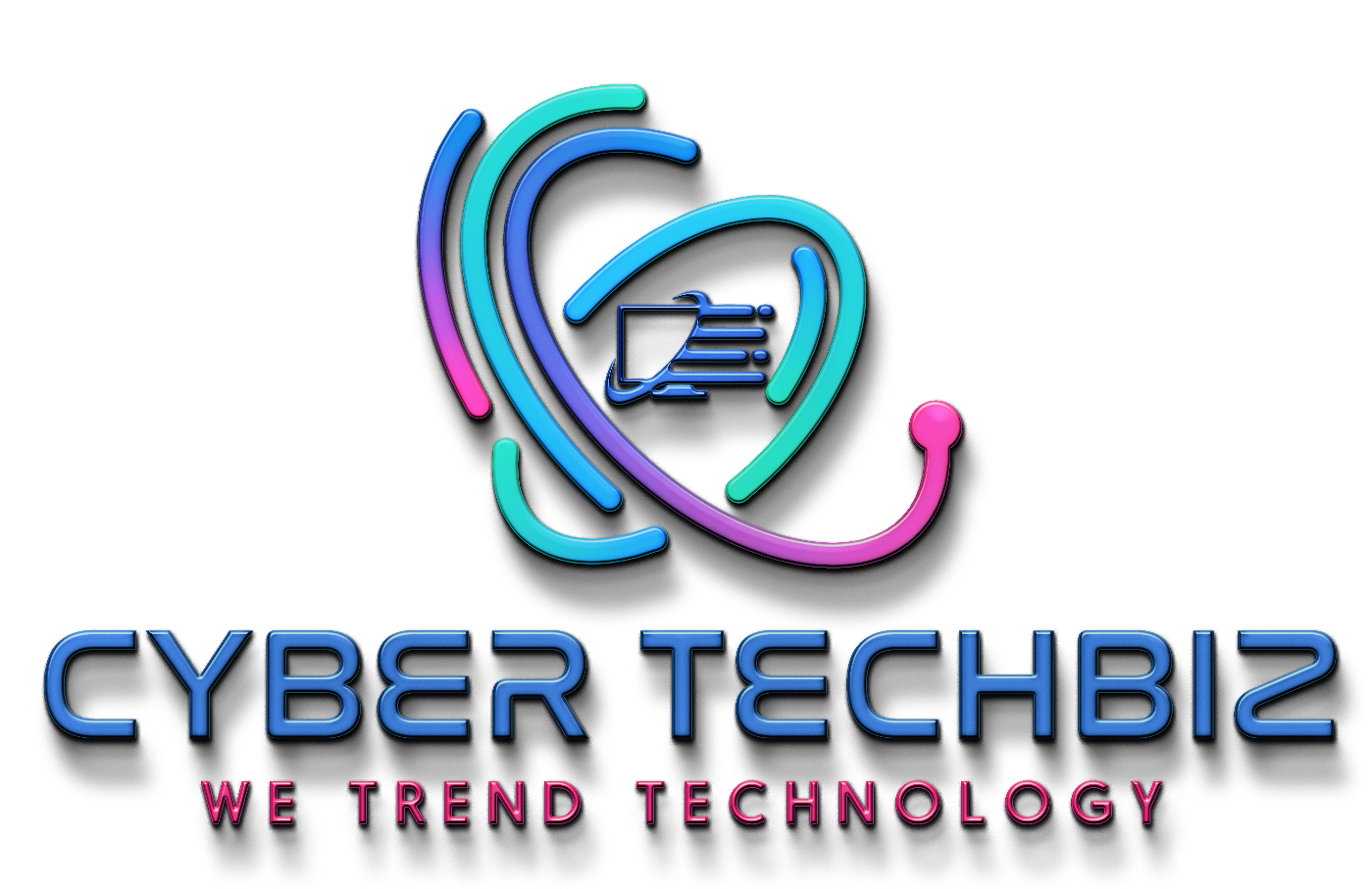On AI use cases: We’re an asset management business, so we’re often looking at the existing condition of assets and then working out how we need to maintain them for the public. One of our innovations has been a solution called Fault IQ, which uses an off the shelf detection product. So in Downer Digital, we don’t always need to build everything ourselves. We’ll use something off the shelf if we can, and then configure it to our database of faults we find as we work on our road corridors. What that means is we’ve got a lot of historical data on road faults, and the historical data, in conjunction with the AI, can then predict whether there’ll be faults in the future. This solution revolutionizes the performance of the rail corridor because it transforms the inspection process. It gives our operators and our maintainers the ability to identify faults quickly, but also to take photos of any in real time and get them off to the operator so they can do something about it.
On aligning the overall IT strategy: The Downer Digital strategy has three overarching pillars and 12 strategic programs of work. And those 12 programs align to the business unit strategies as well. So everything we do in the digital strategy is delivering for the businesses and against the Downer strategy. The 12 programs focus on areas where we want to move the needle, and they’ll usually focus on innovation, such as digital twins for some of our customers, or it could be an AI solution that’s supporting safety on one of our road customers. They also support how we uplift our middle office and where we’re looking to get better at utilizing the data we have in our organization to make decisions. And then we’ve got a number of foundational programs of work that look at uplifting our infrastructure, making sure we’ve got flexibility in our cloud solutions.
On CIO aspirations: It all depends on where you start your career. You could’ve already taken a route where you’ve got a deep technical skillset, and then as you move on, it’s a given you’re going to have the appropriate skills to undertake the role. For me, it’s about being inquisitive in the tools that can support you driving a business forward from a transformation perspective. So things such as innovative tools, emerging technologies, data and analytics, cloud based solutions — they’re the things we all need to know about, because they make our organizations more efficient, effective, and more flexible. It’s also about mindset: having a can-do attitude and asking the right questions. For any women who wants to come into the CIO world, moving forward from STEM and pushing that is definitely something I do, and I want to make sure other female CIOs do the same. But resilience is a key to working in the IT industry. When you’re a female CIO, it gives you that extra boost when you’ve got to make transformation decisions.

